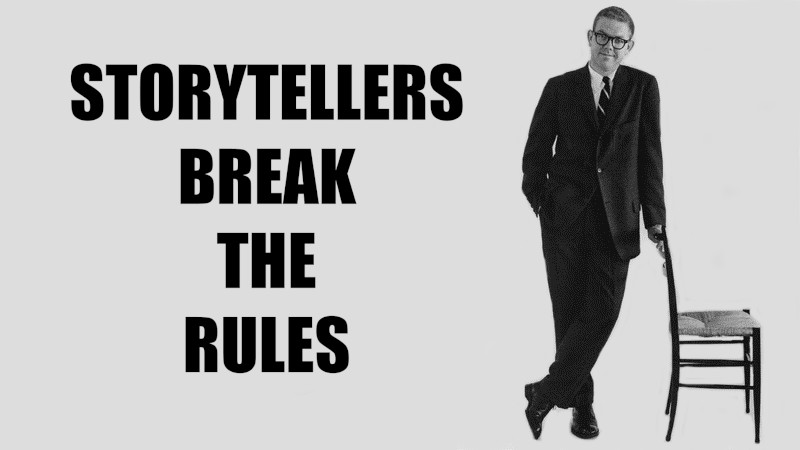
In 1959, a group of advertising execs from Young and Rubicam visited a thirty-three-year-old radio and recording artist for help. Their client, Kaiser Aluminum Foil, remained stuck at five percent market share because by the time local grocers had stocked their shelves with foil from market leaders Reynolds and Alcoa, no room existed for Kaiser.
Y&R didn’t approach Stan Freberg for his expertise in selling thinly rolled metals. They sought the satirist who single-handedly turned Madison Avenue upside down with his outlandish idea that commercials could actually entertain audiences instead of simply assaulting them with hyperbole.
Freberg recommended a series of commercials that encouraged customers to ask their local grocers to carry Kaiser foil. The series would follow the trials of Clark, a down-in-his-luck Kaiser Aluminum Foil salesman, who battled grocers daily for shelf space. Here’s a script snippet from one of these commercials.1
The scene opens with Clark coming home after a hard day’s work. Soap opera music plays in the background as he describes his bad day to his wife.
WIFE: (SOB) Then this means I won’t be able to have my operation!
One of Clark’s children overhears the conversation and interjects:
CHILD: (IN A SMALL WISTFUL VOICE) Did you bring me some new shoesies, Daddy?”
CLARK: Ummm…Daddy doesn’t have any money for shoesies these days…because the mean old grocers won’t stock Daddy’s foil.
When Freberg finished pitching the script, a few chuckles were drowned out by protests. Some Y&R execs worried about offending local grocers while others questioned a commercial that openly branded Kaiser as an underdog.
“You didn’t go to the Harvard Business School, did you?”2 one of the execs asked.
Freberg hadn’t.
“Well I was sure of that,” the executive snorted. “If you had, they would have taught you one of the primary rules of marketing: Advertising cannot force distribution.”3
History always repeats itself. There was a time when we knew with certainty that the world was flat, the sun revolved around the earth, and advertising couldn’t force distribution. But we also know that testing old rules frequently leads to new ones. Kaiser Aluminum Foil authorized the series, the company added 43,000 new distribution outlets, and Harvard Business School was forced to revise its curriculum.
The best storytellers break the rules. What rules can you break today?
Photo Credit: Publicity photo of American satirist Stan Freberg. Public Domain
Notes:
- Stan Freberg, The It Only Hurts When I Laugh (New York: Times Books, 1988), p.159.
- It only hurts when I laugh, p. 162
- It only hurts when I laugh, p. 162